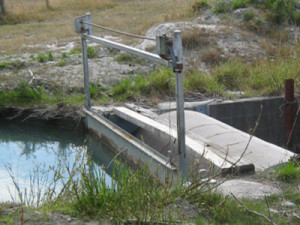Fish passage remediation
Protecting our native freshwater fish species is a top priority for us. From 2022 to 2024 we will be making over a dozen instream structures more fish friendly.
We own and maintain many instream structures like flood gates, culverts and weirs across Waitaha, and some can make it difficult for ika/fish to move through waterways. Ika need to travel for food sources and to return to breeding grounds.
Assessing risk to ngā ara ika/fish passage
Some fish species need to be able to climb, others need safe places to rest when swimming large distances.
We will modify our instream structures to allow for fish activity, or inactivity, as needed.
Over the summer of 2020/2021, 44 structures within awa/river and drainage rating districts were assessed and ranked according to the risk to successful fish passage.
For a start, we are focussing on remediating some structures that have a high chance of blocking most or all ika/fish movement most or all the time.
The benefits of instream structures
The structures serve as valuable flood protection; they can’t be removed but they can be made easier for fish to navigate through.
This project will continue to safeguard communities as well as protect or enhance travel for up to 14 species of ika, including native taonga species tuna (long and shortfin eel) and īnanga/īnaka (common galaxias). This supports both our kaitiakitanga/stewardship and biodiversity values.
As part of this mahi we will maintain significant flood structures that protect communities and establish and upskill local teams to improve fish passage in Waitaha/Canterbury.
With this, we honour our manaakitanga (putting people first) and whanaungatanga/collaboration values.
Our actions to enhance fish passage
- analyse the current state of our instream structures
- observe their effect on kā ara ika/fish passage
- prioritise the need for remediation works on those structures
- carry out the work required, with seasonal considerations like spawning
- monitor the results after the remediation works are completed and evaluate the benefits achieved.
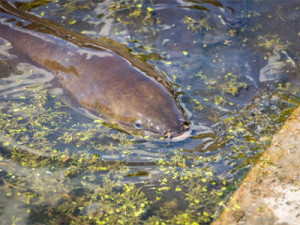
Remediations will help taonga species like this tuna (eel)
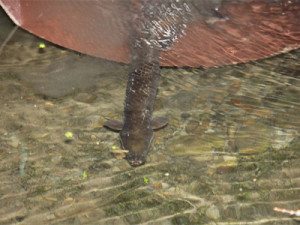
A tuna (eel) is released into a river
Works completed
All the work on the 14 remediation sites has now been completed, including outstanding rock work on a few sites, marking the completion of this project.
The internal team has undertaken post-remediation surveying and the results have reflected our aspirational plans for this work.
Fish passage installation in Waihao
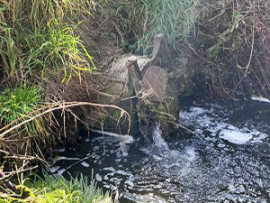
Culvert before installation
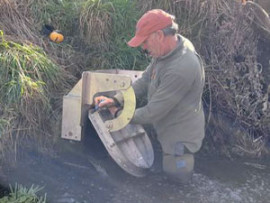
Culvert during installation
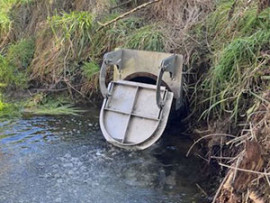
Culvert after installation
Fish passage installation in the Rakahuri Ashley river
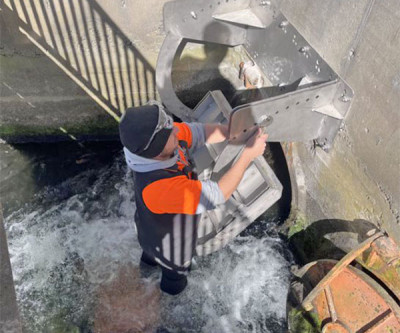
Installation of a flap gate
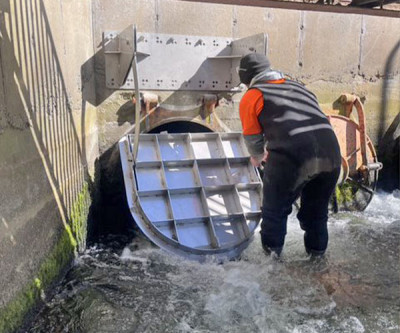
Installation of a flap gate

